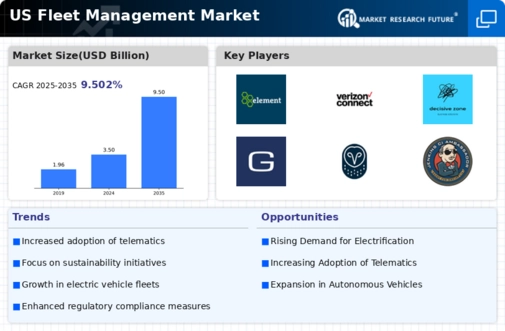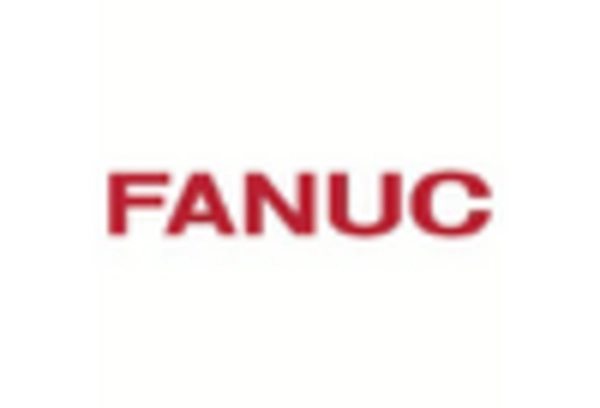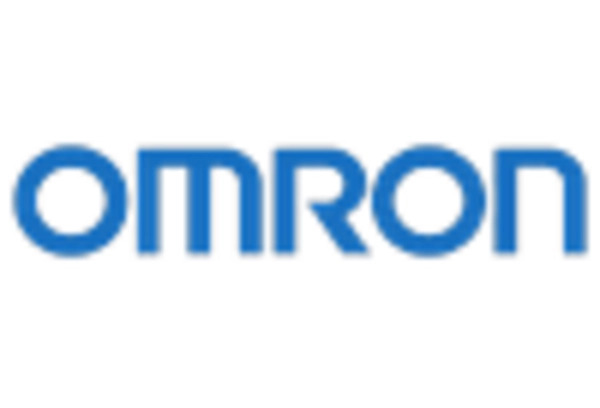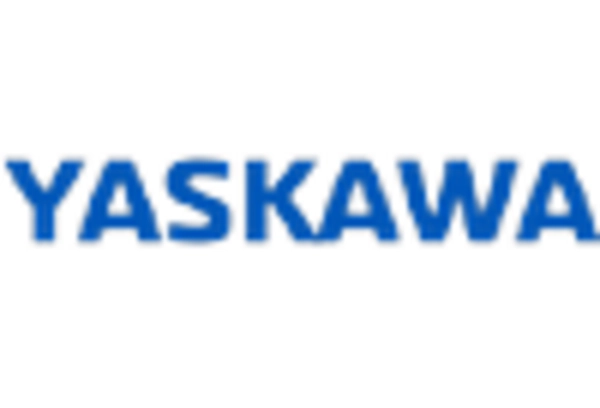Advancements in Robotics Technology
Technological advancements in robotics are significantly influencing the robot fleet-management-software market. Innovations in sensor technology, machine learning, and real-time data analytics are enabling more sophisticated fleet management solutions. For instance, the introduction of autonomous robots equipped with advanced navigation systems has improved the efficiency of fleet operations. The market is projected to grow at a CAGR of approximately 15% over the next five years, driven by these technological enhancements. As companies seek to leverage cutting-edge robotics technology, the demand for comprehensive fleet management software that can integrate with these systems is expected to rise, further propelling market growth.
Rising Demand for Operational Efficiency
The robot fleet-management-software market is experiencing a notable surge in demand driven by the need for enhanced operational efficiency across various sectors. Companies are increasingly recognizing the potential of automation to streamline processes, reduce labor costs, and improve productivity. According to recent data, organizations that implement fleet management solutions can achieve operational cost reductions of up to 30%. This trend is particularly evident in logistics and manufacturing, where the integration of robotic systems is becoming essential for maintaining competitive advantage. As businesses strive to optimize their operations, the adoption of robot fleet-management software is likely to continue growing, indicating a robust market trajectory.
Growing Focus on Data-Driven Decision Making
The shift towards data-driven decision making is reshaping the robot fleet-management-software market. Organizations are increasingly relying on data analytics to inform their operational strategies, leading to improved efficiency and reduced costs. The ability to collect and analyze data from robotic fleets allows companies to make informed decisions regarding resource allocation and performance optimization. This trend is particularly relevant in sectors such as warehousing and distribution, where data insights can lead to significant operational improvements. As the importance of data analytics continues to rise, the demand for sophisticated fleet management software that can harness these insights is expected to grow, indicating a promising outlook for the market.
Increased Investment in Automation Solutions
Investment in automation solutions is a critical driver for the robot fleet-management-software market. Businesses are allocating substantial budgets to upgrade their operational capabilities, with estimates suggesting that spending on automation technologies could reach $200 billion by 2026. This influx of capital is fostering innovation and the development of more advanced fleet management software. As organizations aim to enhance their operational resilience and adaptability, the demand for software that can effectively manage robotic fleets is likely to increase. This trend indicates a strong growth potential for the market, as companies prioritize automation to remain competitive in their respective industries.
Regulatory Support for Automation Initiatives
Regulatory support for automation initiatives is emerging as a key driver in the robot fleet-management-software market. Government policies aimed at promoting technological innovation and efficiency are encouraging businesses to adopt automation solutions. For example, various federal and state programs are providing funding and incentives for companies to integrate robotic systems into their operations. This supportive regulatory environment is likely to accelerate the adoption of fleet management software, as organizations seek to comply with new standards and leverage available resources. As regulatory frameworks evolve, the market is expected to benefit from increased adoption rates and a broader acceptance of robotic technologies.

















Leave a Comment